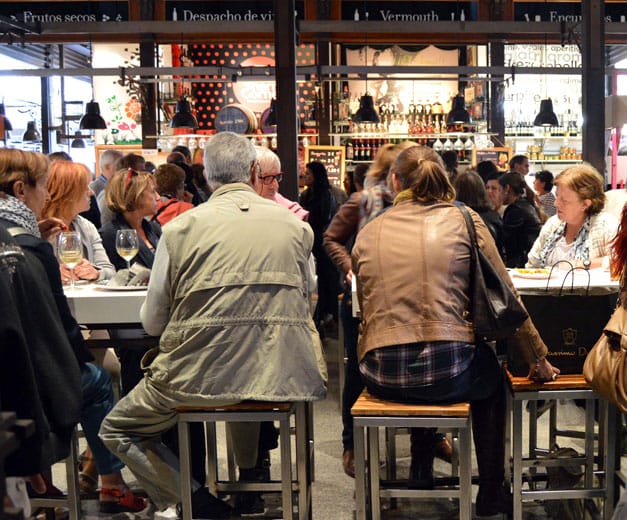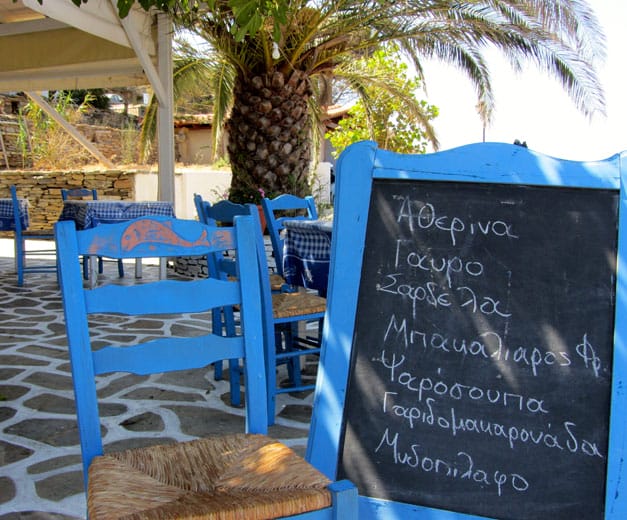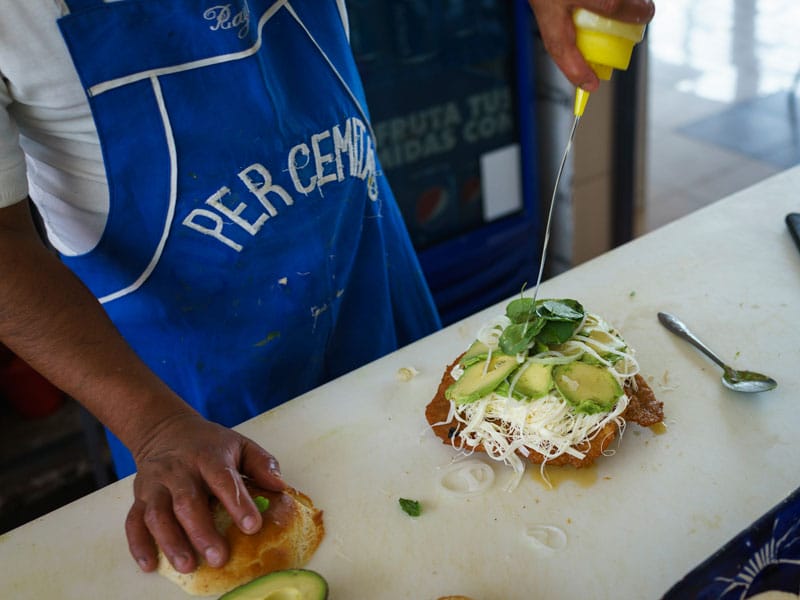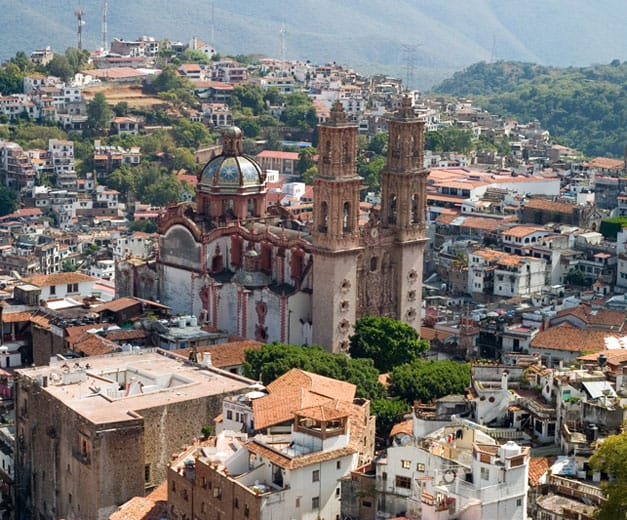On recent visits to Madrid, we’ve noticed that a new breed of food market has taken hold of the city’s attention. While the traditional kind with food stalls slowly disappears, vibrant, culture-focused gastromarkets are booming. In addition to great food, they offer a mix of businesses, along with cooking demos, live music, exhibitions – the list goes on.
In 2009, the private society El Gastródomo de San Miguel refurbished a beautiful building that was built in 1916 and located very close to Plaza Mayor. It was opened as the “culinary space” Mercado de San Miguel. Though the initial inspiration was Barcelona’s La Boquería, San Miguel is utterly different, with its own colorful, unique personality. The market is dedicated not just to selling quality seasonal foods, but also to allowing visitors to enjoy them in situ, at tables and chairs distributed throughout common areas. They can choose from cod, fresh shellfish and other seafood, various vermuts, pickles and olives, paella, churros, Spanish wines, international beers, delicious Iberian ham and cured sausages and cheeses, ice cream and non-Spanish items, such as pasta or sushi. Unsurprisingly, the concept has been a hit, and other similarly styled markets have since popped up around the city.
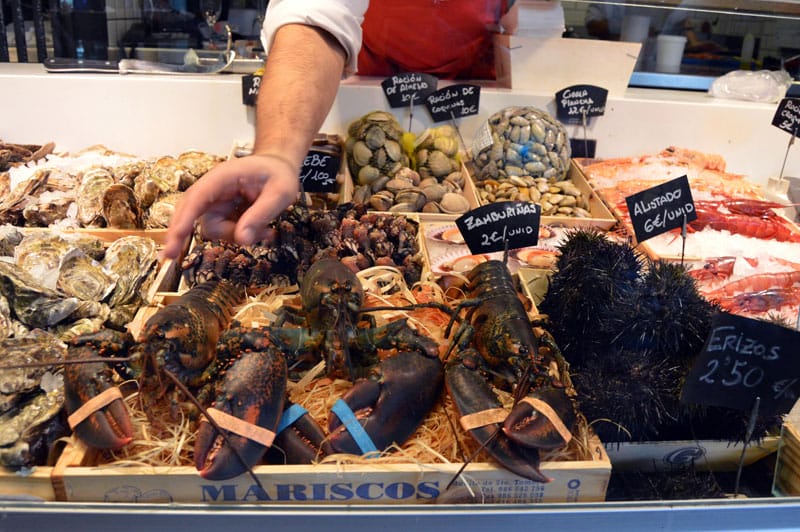
Mercado de San Antón, located in Chueca, was an open-air market in the 19th century. Its first building, erected in 1945, was demolished, and a new one was built and opened in 2011. A traditional market sits on the first floor, while on the second floor you’ll find stalls hawking prepared food and drinks and a fun atmosphere to dig into them; the third floor houses the restaurant La Cocina de San Antón, operated by the Iberian ham producer 5J. Among the food stalls, there’s La Casa del Bacalao, which makes cod brandade with caviar or marinated with dill and olive oil and other fish pintxos; La Imperial, which offers local Brabante beer and Spanish wines; and Puturrú de Foie, which sells Mediterranean-influenced gourmet specialties like a truffle hamburger with caramelized foie gras and duck ham croquettes.
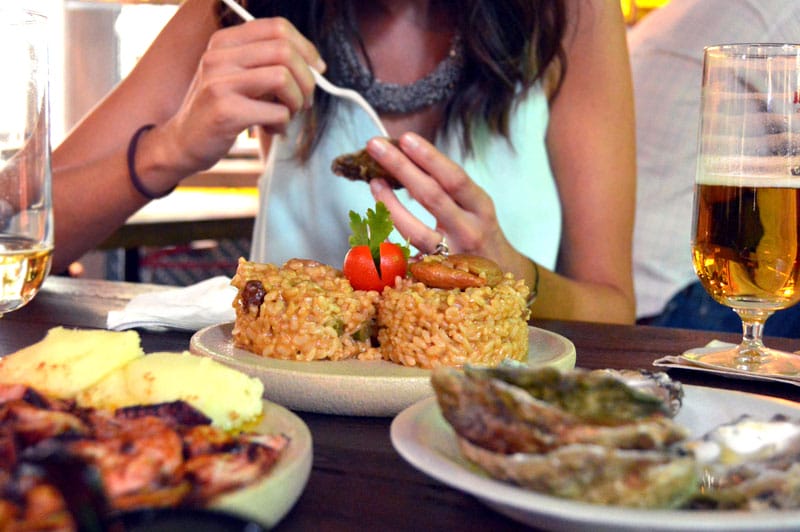
Youngest among the new breed of markets is Mercado de San Ildefonso, in Fuencarral, which opened this year near the old market of the same name. There’s no produce sold here, but that just means you can focus your attention completely on the food stalls. On a recent visit, we tasted small but intensely flavored Galician oysters from La Lonja de San Ildefonso, delicious cheeses from Poncelet and an absolutely delicious seafood rice dish from Bayontin, which specializes in high-quality preserved foods. That last item was made from Bomba rice, which comes from Calasparra in Valencia. And with it, we drank a Godello wine, from the vendor Taninos.
Last but not least, in the neighborhood of Lavapiés-Embajadores, the most ethnically diverse and vibrant in Madrid, there’s Mercado de San Fernando, a municipal market that dates back to 1944 and sits near El Rastro, the iconic Madrileño flea market. In 2010, a number of new stalls were established to revitalize the place, and the result is a mix of old and new. Among the old guard is Bar Barroso, which continues to serve excellent, homey omelets. Newcomers include La Buena Pinta, where you can throw back a bottle of craft beer, and Bond 40, which serves Thai dumplings, Mexican tacos filled with Spanish meat and Greek feta and savory crêpes stuffed with chicken stew or seafood from the north. The food is less gourmet and gussied up at San Fernando, but offered with care, enthusiasm and lower prices.
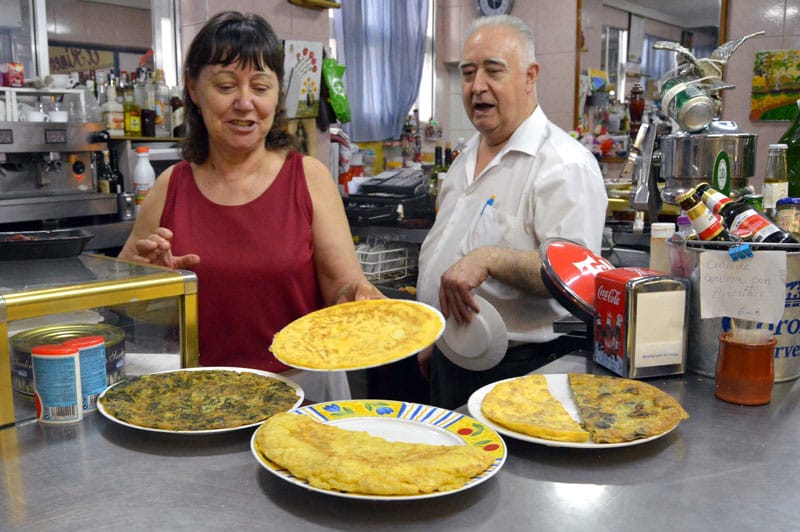
We love all of Madrid’s markets, but San Fernando might just be our favorite. It’s the only one with an authentic taste of barrio food. That doesn’t keep us from going to the others, of course – we always make sure to save room for seafood rice from San Ildefonso, eggs with duck ham from San Antón and vermut tastings at San Miguel.
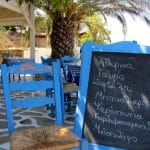 August 25, 2015 CB on the Road
August 25, 2015 CB on the Road
Some islands, Mykonos and Santorini for example, are known for their temples of […] Posted in Athens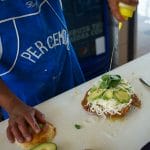 March 10, 2015 CB on the Road
March 10, 2015 CB on the Road
Among the regions of Mexico that are best known for their culinary wealth, Puebla is […] Posted in Mexico City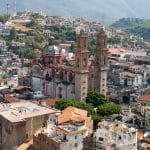 July 3, 2014 CB on the Road
July 3, 2014 CB on the Road
In Mexico, magic is all around us. It’s in the architecture, history, way of life – and, […] Posted in Mexico City
Published on August 04, 2014
Related stories
August 25, 2015
AthensSome islands, Mykonos and Santorini for example, are known for their temples of gastronomy. Others, like Tinos, Milos, Syros and Sifnos, possess solid reputations for uniformly excellent tavernas. Until recently, Andros, a green anomaly in the treeless, windswept Cycladic chain, had two main attractions for tourists: a world-class modern art museum and a network of…
March 10, 2015
Mexico CityAmong the regions of Mexico that are best known for their culinary wealth, Puebla is near the top. Approximately 100 kilometers east of Mexico City, Puebla is the birthplace of chiles en nogada, mole poblano (probably the most recognized Mexican mole worldwide) and cemitas, a knockout sandwich made with the bread of the same name.…
July 3, 2014
Mexico CityIn Mexico, magic is all around us. It’s in the architecture, history, way of life – and, of course, the food. The country’s Ministry of Tourism is no stranger to this magic, and in fact, fully grasping its economic possibilities, it created the Pueblos Mágicos program in 2001 to recognize villages that are unique and…







































